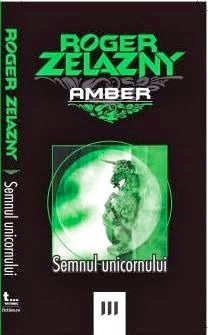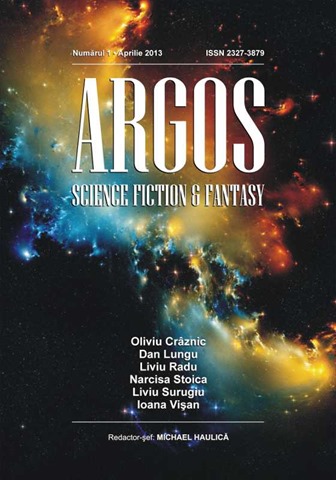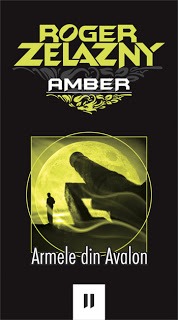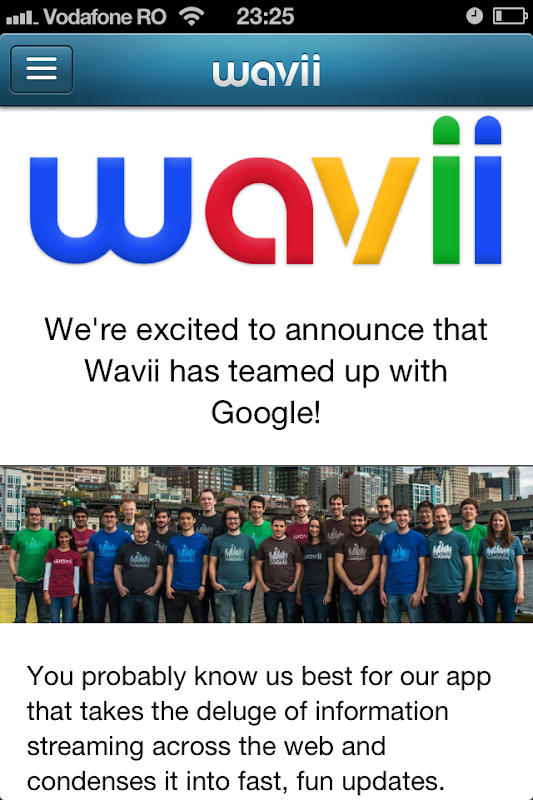Today, Gmail is getting a brand new inbox on desktop and mobile that puts you back in control using simple, easy organization.
On the desktop, the new inbox groups your mail into categories which appear as different tabs. You simply choose which categories you want and voilà! Your inbox is organized in a way that lets you see what’s new at a glance and decide which emails you want to read when. Itamar Gilad
I find the title ironic, since control is the exact opposite of this new feature: you get a couple of fixed categories and messages get sorted automatically into one of them. Or I should say randomly since in my inbox I saw newsletters scattered across ‘Promotions’, ‘Updates’ and ‘Forums’ with no apparent logic. This sounds very similar to Auto-Enhance on Google+ processing photos in the background, removing control from users and giving it to Google’s beloved algorithms.
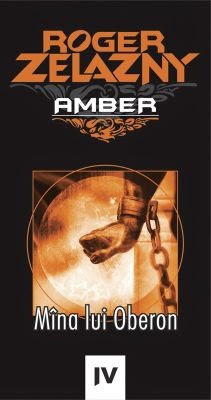

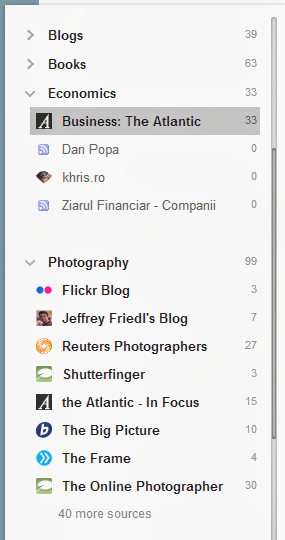 Long story short, I uninstalled it after about 15 minutes. I tried it a couple of times before and never got along with their ‘design-overload’. Unfortunately nothing has changed since:
Long story short, I uninstalled it after about 15 minutes. I tried it a couple of times before and never got along with their ‘design-overload’. Unfortunately nothing has changed since: